

2708-9517
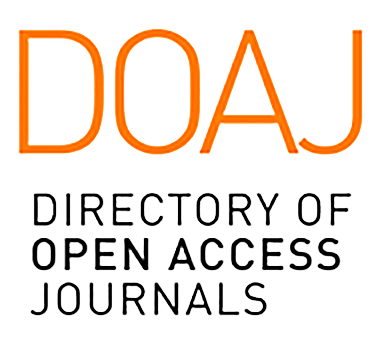
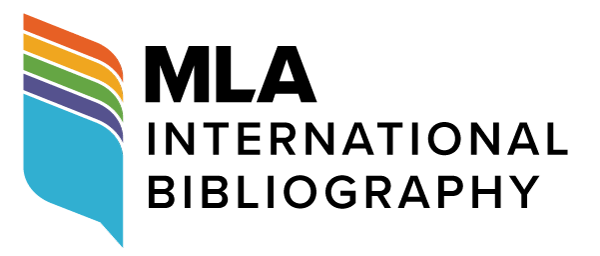
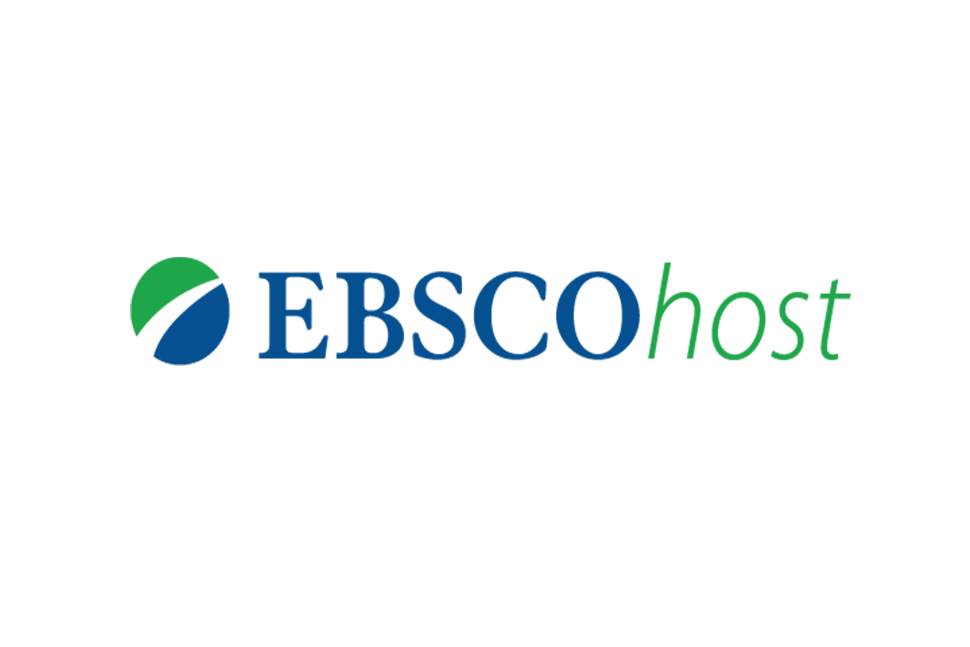
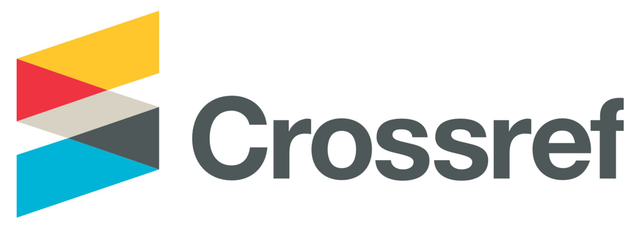
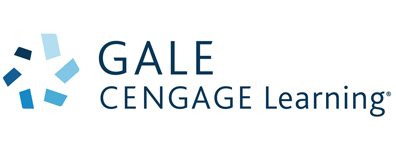
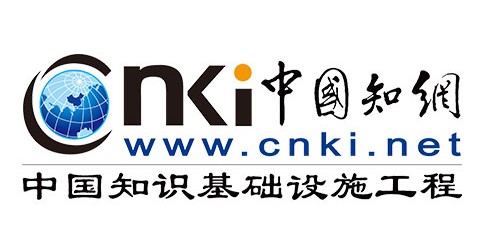


MLA Directory of Periodicals
REAO: East Asian Studies Journals
EBSCO Education
ProQuest
Google Scholar
Semantic Scholar
ROAD
BASE
Helka Helsinki Library
Baidu Scholar
Ex Libris
Jouroscope
US Department of Commerce Research Library

刘若曦
北京大学,中国
摘要
多声性是学术论文的最显著的特征之一,而通过多种修辞手段在论文中建构不同声音的对话空间,是学术论文写作者必须具备的能力。本文自建期刊论文语料库,基于 Martin & Rose( 2007)和于晖、张少杰( 2021)对多声的描述与分类,探索实证性汉语学术论文研究背景、主体和结语的显性多声系统中,嵌入类型、被引作者位置和引用方式等语言资源的使用情况。结果表明,论文各部分主要使用“非融入式”引用,强调客观被引内容和凸显作者声音;被引作者位于引用句中时,在研究背景和结语中主要充当主语,在主体部分则大多充当附加语;论文各部分主要使用“间接引用 - 单声源”来强调某个重要观点,而“直接引用 - 完整”使用最少、只有在解释关键概念时才会使用。本研究希望能为汉语学术论文的写作和教学提供一定的启示。
关键词
汉语学术论文,实证研究,显性多声,引用
Explicit Hetereoglossia in Chinese Empirical Academic Discourse
Ruoxi Liu
Peking University, China
Abstract
Hetereoglossia is one of the most striking features of academic discourse. In the process of constructing discourse, the writer needs to make reasonable use of multiple language resources, adjust the dialogue space of different voices, and ensure the rigor and hetereoglossia of empirical research. This article builds a corpus consisted of journal papers to explore the use of language resources such as embedding type, cited author position and citation method in the explicit hetereoglossia system of research background, main body and conclusion of empirical Chinese academic papers. The study found that non-integral citations are mainly used in each part of the paper, emphasizing the objective cited content and highlighting the writer’s voice; when the cited author is located in the quoted sentence, the author mainly serves as the subject in the research background and conclusion, and mostly in the main part acts as an adjunct; “Indirect quotation - single source” is mainly used in each part of the text to emphasize an important point, while “direct quotation - complete” is used least and is only used when explaining key concepts. This study hopes to provide some inspiration for the writing and teaching of Chinese academic terms.
Keywords
Chinese academic discourse, empirical research, explicit hetereoglossia, citation